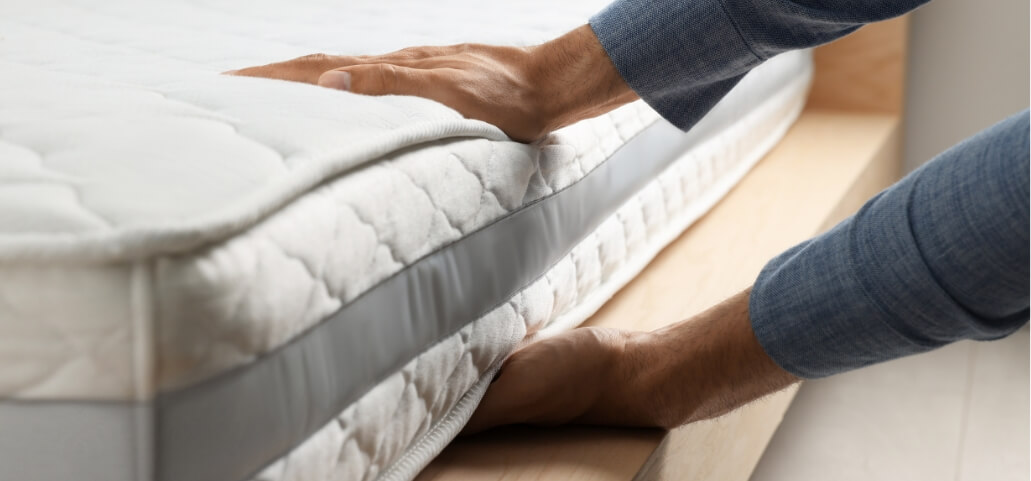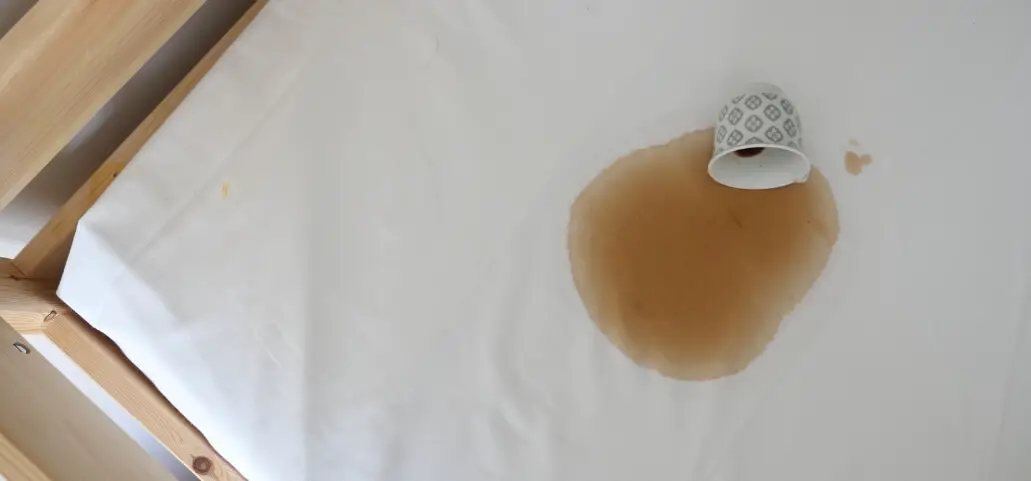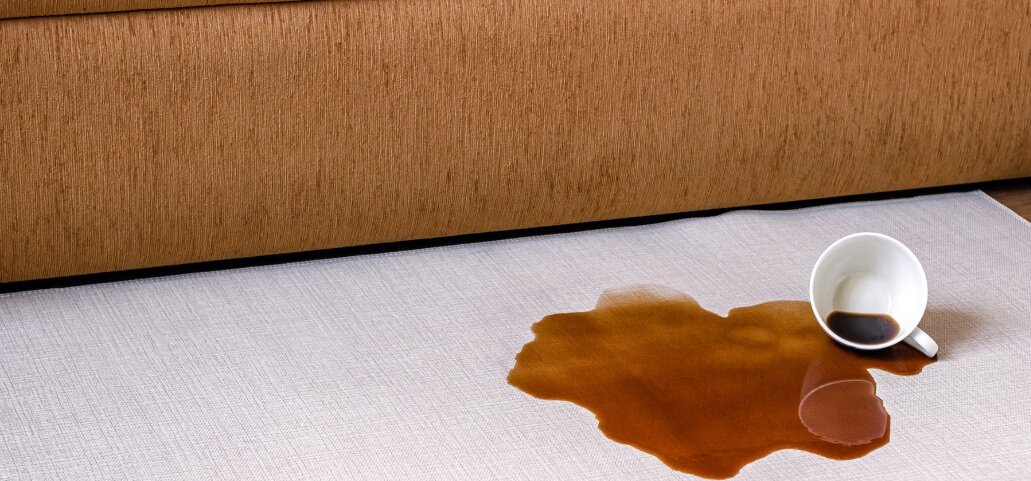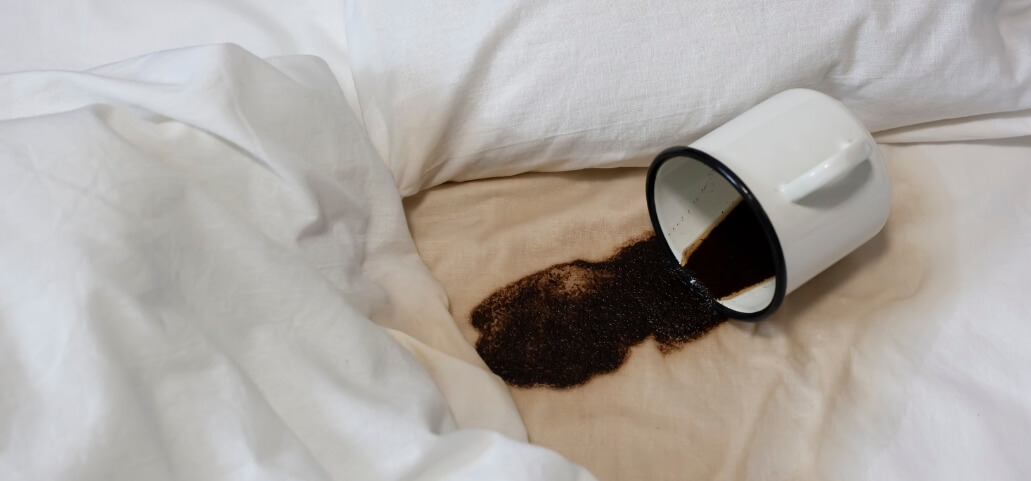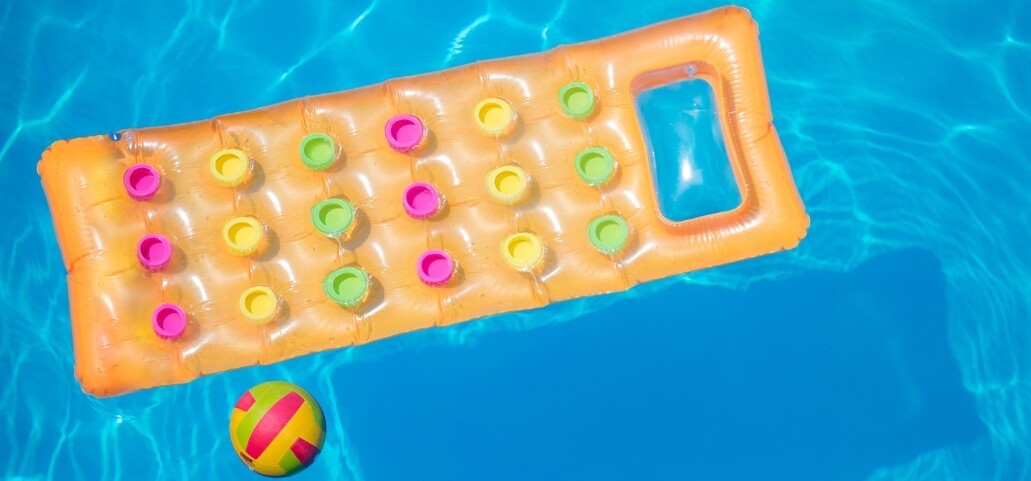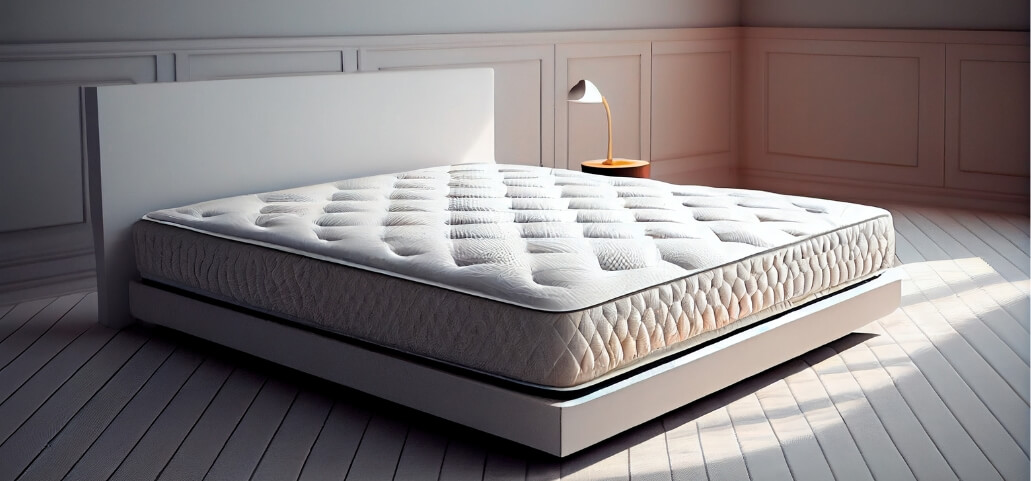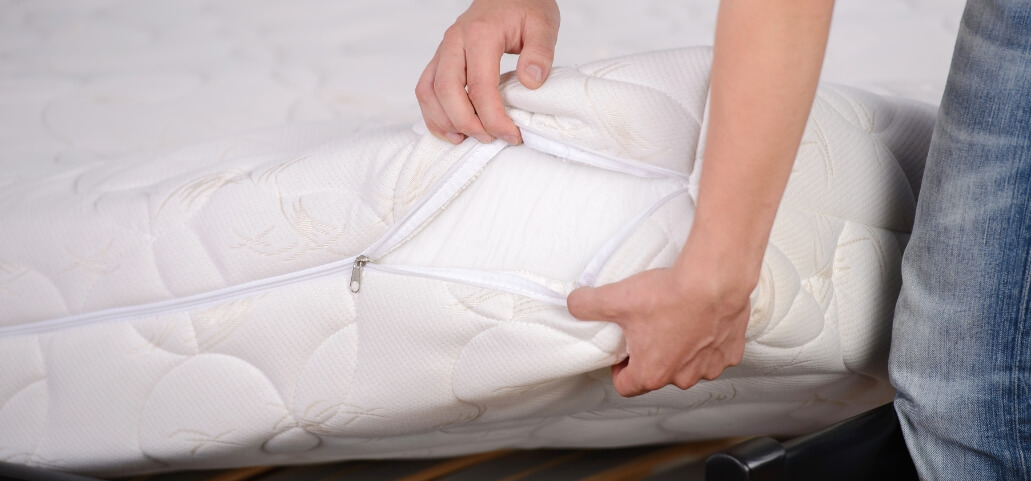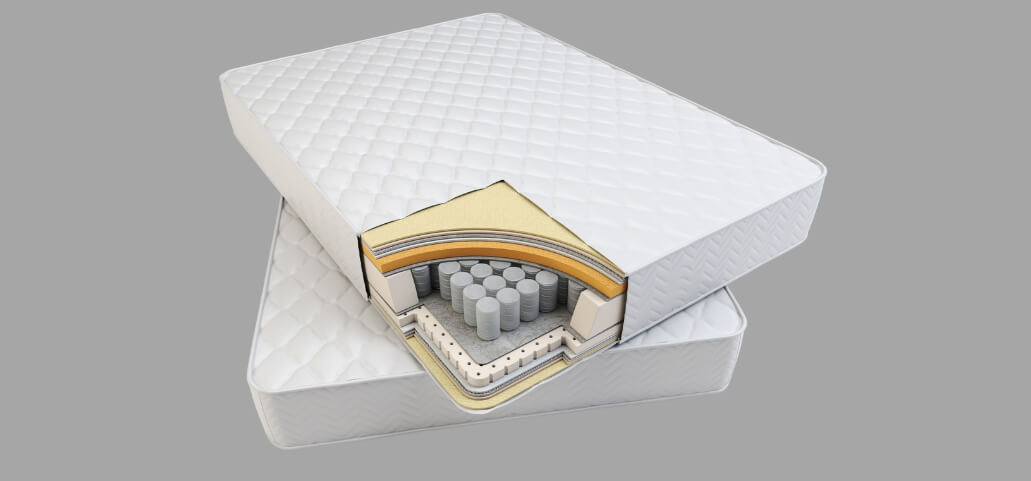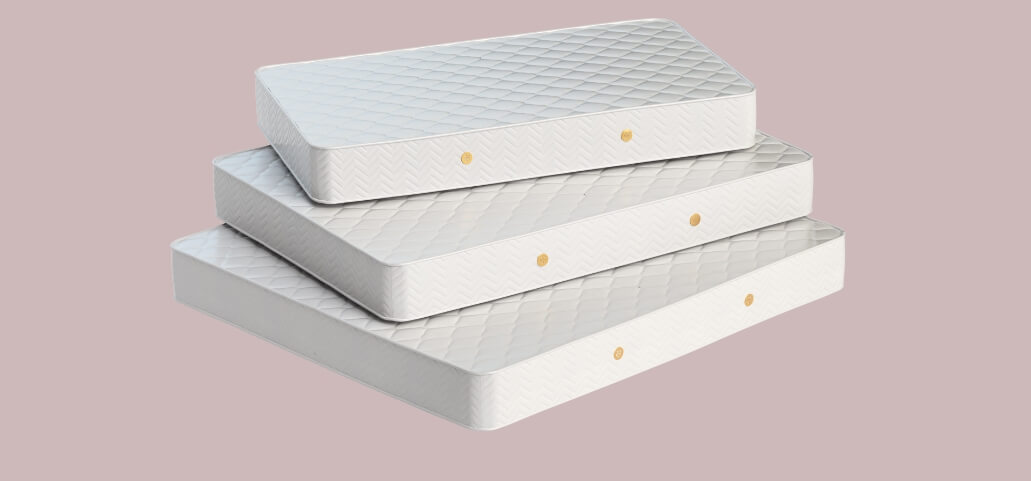
How to Clean Poop Off Memory Foam Mattress
Dealing with unexpected accidents like how to clean poop off memory foam mattress can be a challenge. To keep your sleeping space fresh and clean, it’s essential to know the proper procedures for cleaning excrement off a memory foam mattress. Accidents happen, whether it’s from a pet or other mishaps, but acting swiftly and effectively can prevent stubborn stains and unwanted odors from lingering. In this guide, we’ll explore the best methods and practical tips to efficiently how to clean poop off memory foam mattress, ensuring a hygienic and comfortable sleep surface for you and your family.
Preparing for How to Clean Poop Off Memory Foam Mattress
1. Gather necessary cleaning supplies and protective gear:
Before starting how to clean poop off memory foam mattress, it’s essential to gather all the items required for effectively cleaning the soiled memory foam mattress. Among the materials required are:
- To keep your hands away from the fecal matter, wear disposable gloves.
- Several layers of paper towels or disposable cloths to blot and remove the excess poop.
- Cornstarch or baking soda to help absorb moisture and eliminate odors.
- Mild detergent, vinegar, or enzyme-based cleaner for the actual cleaning process.
- A cleaning solution-filled spray bottle.
- To apply the cleaning solution to the afflicted area, use a fresh cloth or sponge.
You may make sure you’re ready to handle the cleaning procedure successfully and efficiently by arming yourself with these items. Additionally, wearing disposable gloves during the cleanup process is crucial to maintain proper hygiene and protect yourself from any potential bacteria or pathogens present in the fecal matter.
2. Removal of bedding and initial inspection of the affected area:
Once you’ve gathered the necessary cleaning supplies and put on protective gloves, the next step is to remove any bedding or covers from the soiled area of the memory foam mattress. Carefully strip away the sheets, blankets, or mattress protectors, making sure not to spread the fecal matter further.
After removing the bedding, conduct an initial inspection of the affected area. Use disposable paper towels or cloths to blot and remove as much of the excess poop as possible. Avoid applying excessive pressure or rubbing force on the mattress as this might lead to the stain seeping deeper.
Initial Steps for Cleaning
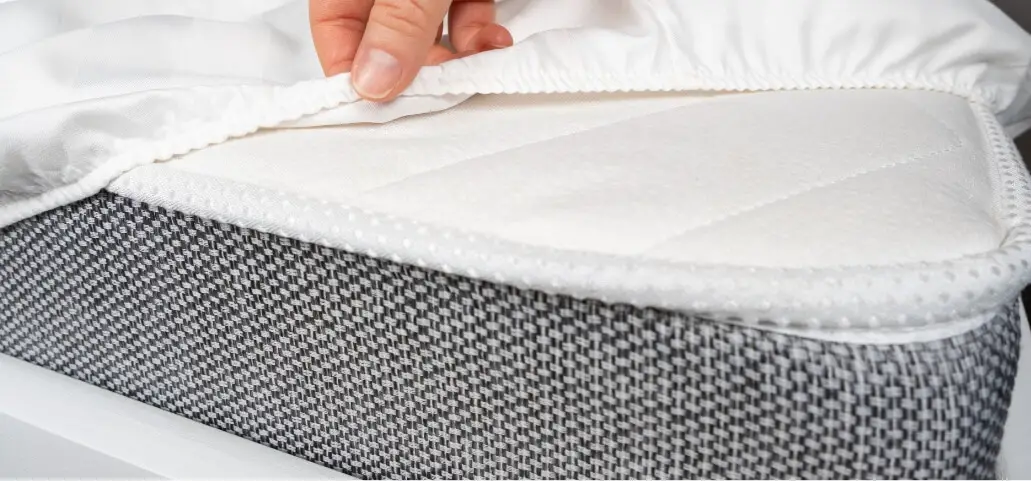
A. Use disposable gloves and paper towels:
It’s important to wear disposable gloves to safeguard your hands before starting how to clean poop off memory foam mattress procedure. Carefully blot the affected area of the memory foam mattress with layers of paper towels or disposable cloths. Gently press down on the poop to absorb as much of it as possible without spreading it further.
B. Apply baking soda or cornstarch:
Once you’ve removed the majority of the fecal matter, take baking soda or cornstarch and sprinkle it generously over the affected area. These powders work wonders in absorbing moisture and neutralizing unpleasant odors. To help the baking soda or cornstarch absorb any leftover moisture and get rid of any smells, let it stay on the stain for a while.
C. Vacuuming:
Use a vacuum with a brush attachment to carefully remove the cornstarch or baking soda powder from the mattress surface after letting it set for at least 15 to 30 minutes. Gently run the vacuum over the area to remove the baking soda or cornstarch completely. This step helps in eliminating any remaining residue and leaves the mattress surface cleaner and fresher.
These initial cleaning steps, involving the use of gloves, blotting with paper towels, and employing baking soda or cornstarch, set the stage for further cleaning processes to effectively remove stains and odors from the memory foam mattress.
Cleaning Process
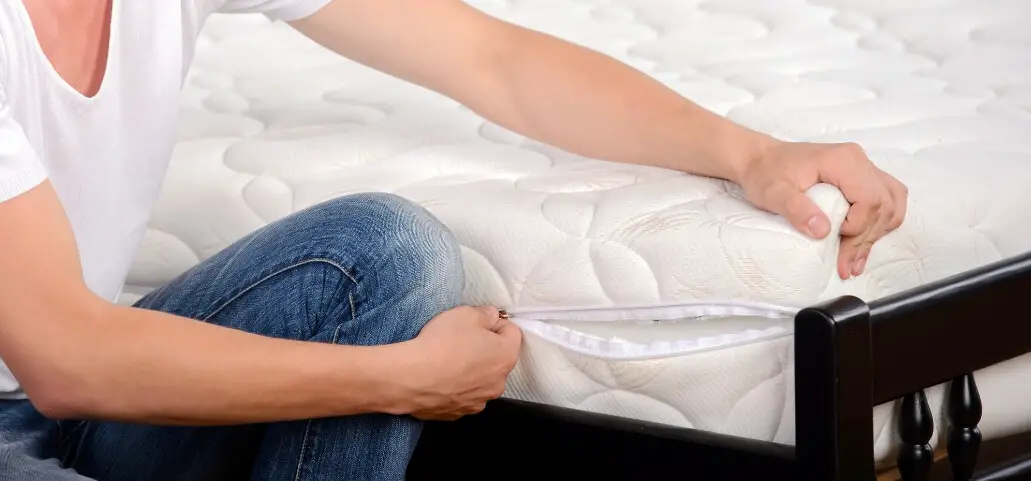
A. Creating a cleaning solution:
Prepare a cleaning solution by mixing a mild detergent with water or combining equal parts of vinegar and water in a spray bottle. This solution will serve as an effective cleaner to tackle how to clean poop off memory foam mattress.
B. Using a clean cloth or sponge:
Apply the prepared cleaning solution on a clean cloth or sponge. Gentle dab the filthy mattress with the sponge or damp towel. Refrain from rubbing too hard as this might encourage the stain to spread or seep farther into the memory foam. Instead, apply gentle pressure and blot the stain, allowing the cleaning solution to work its way into the affected area.
C. Avoiding excessive moisture:
It’s crucial to avoid oversaturating the memory foam with the cleaning solution or water. Excessive moisture can lead to the foam’s saturation, making it challenging to dry and potentially causing damage. Use a minimal amount of the cleaning solution, ensuring that it penetrates the stain without soaking the mattress excessively.
These cleaning steps, involving the use of a prepared cleaning solution and gentle blotting, aim to effectively treat how to clean poop off memory foam mattress without causing saturation or damage to the foam material.
Deodorizing and Sanitizing
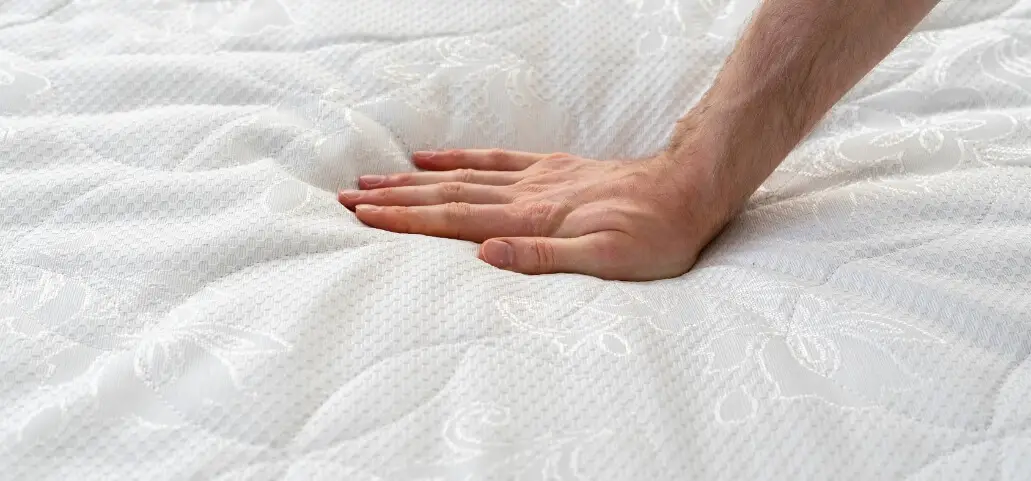
A. Using an enzymatic cleaner:
For additional stain removal and to address lingering odors, consider using an enzymatic cleaner or a hydrogen peroxide solution. Enzymatic cleaners are effective in breaking down organic stains, like those from bodily fluids, while hydrogen peroxide can help lift stubborn stains and neutralize odors. Apply the chosen solution according to the product instructions, ensuring it covers the affected area adequately. Allow the cleaner or hydrogen peroxide solution to sit for some time to effectively work on the stain and odor.
B. Allowing the mattress to air dry completely:
After treating the mattress with the enzymatic cleaner or hydrogen peroxide solution, it’s crucial to let the mattress air dry thoroughly. Proper ventilation helps in drying out the mattress completely and ensures that any remaining moisture evaporates. Place the mattress in a location with sufficient air circulation and ventilation to speed up the drying process. In order to avoid any possible mold or mildew growth, it is imperative that bedding not be replaced until the mattress is completely dry.
These steps for deodorizing and sanitizing help in further eliminating stains and odors from how to clean poop off memory foam mattress, leaving it fresh and sanitized for future use.
VI. Additional Tips and Precautions
A. Avoiding harsh chemicals:
When cleaning a memory foam mattress, it’s essential to steer clear of harsh chemicals or cleaners that could potentially harm the material. Abrasive cleaners or those containing bleach, ammonia, or strong solvents can degrade the memory foam and affect its structural integrity. To keep the mattress in excellent shape, use only light and gentle cleaning methods.
B. Use of mattress protectors for future prevention:
Use a mattress protector to keep how to clean poop off memory foam mattress and safe from potential mishaps. Mattress guards prevent spills, stains, and other mishaps, extending its lifespan. Additionally, practice regular maintenance by regularly vacuuming and airing out the mattress to keep it fresh and hygienic.
C. Seeking professional cleaning assistance:
In cases where stains persist or if there’s extensive damage to the memory foam mattress, it might be prudent to seek professional cleaning assistance. Professional cleaners can successfully remove tough stains or strong smells because they have the right equipment and knowledge. They can thoroughly clean the mattress without running the danger of causing harm.
By adhering to these additional tips and precautions, such as avoiding harsh chemicals, using mattress protectors, and considering professional cleaning for persistent stains, you’ll help maintain the cleanliness and longevity of your memory foam mattress.
Conclusion
In summary, cleaning poop off a memory foam mattress requires swift action and gentle yet effective cleaning methods. Using protective gear, blotting with paper towels, and employing absorbent agents like baking soda are initial steps. Cleaning solutions should be mild to prevent damage. Additionally, air-drying and preventive measures like mattress protectors are crucial. Getting expert assistance is advised for stains that are difficult to remove. By following these steps and precautions, you can effectively restore your memory foam mattress’s cleanliness, ensuring a hygienic and fresh sleeping surface.
Frequently Asked Questions
Q1. How to Clean Poop Off Memory Foam Mattress effectively?
Answer: To clean poop off a memory foam mattress effectively:
- Wear disposable gloves and blot excess fecal matter with paper towels.
- To soak up any excess moisture and get rid of any unpleasant smell, just sprinkle some baking soda on the spot.
- Use a mild cleaning solution (detergent and water or vinegar and water) to gently blot the stain.
- Air dry the mattress thoroughly, and consider using enzymatic cleaners or hydrogen peroxide for stubborn stains and odors.
- Avoid harsh chemicals, ensure minimal moisture, and seek professional help for persistent stains.
Q2: Can I use bleach or harsh chemicals to clean poop stains on a memory foam mattress?
Answer: It’s not recommended. Harsh chemicals, including bleach, can damage the memory foam. Stick to mild cleaners to avoid potential harm.
Q3: How long should I let the baking soda or cleaning solution sit on the mattress?
Answer: Aim for around 15-30 minutes to allow the baking soda or cleaning solution to absorb and neutralize odors effectively.
Q4: Can I speed up the drying process by using a hairdryer or heater?
Answer: It’s not advisable as excessive heat can damage the memory foam. Instead, use natural air drying in a well-ventilated area.
Q5: What should I do if the stain or odor persists after cleaning?
Answer: Consider repeating the cleaning process or using specialized enzymatic cleaners. If the issue persists, professional cleaning assistance might be necessary.
Q6: Are there any preventive measures to avoid future accidents on my memory foam mattress?
Answer: Using a mattress protector is a good preventive measure. It prolongs the cleanliness of the mattress by acting as a barrier against spills and stains.

